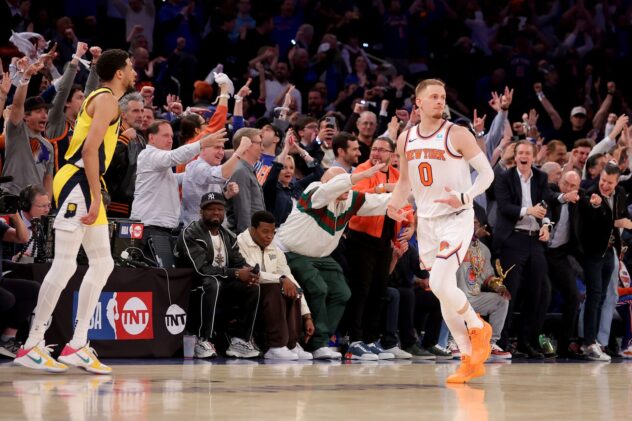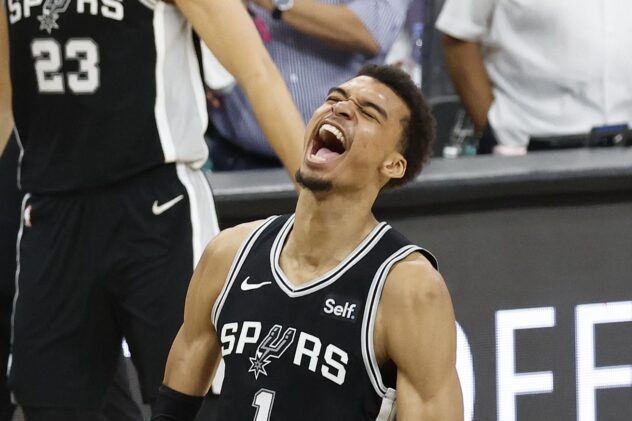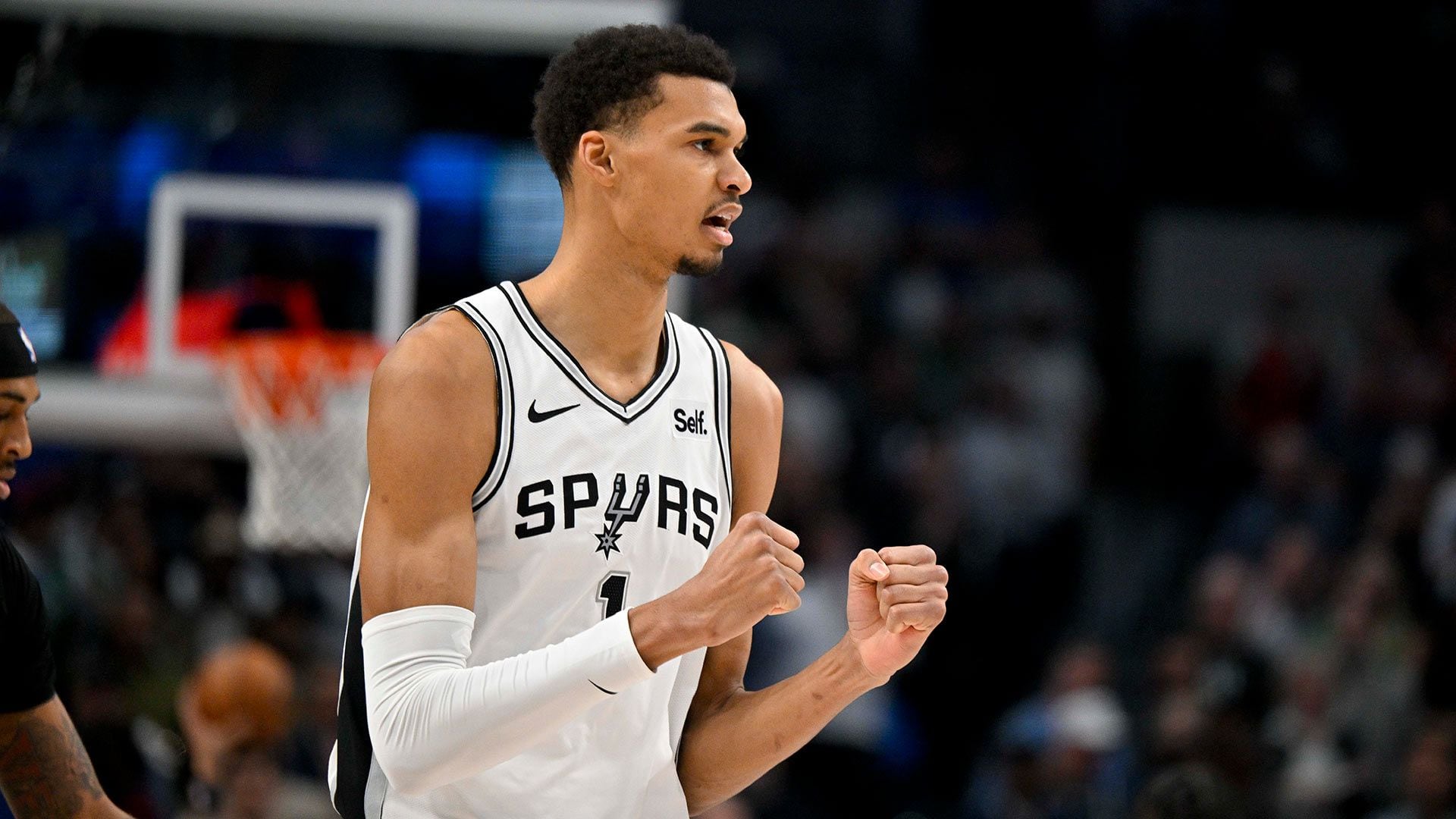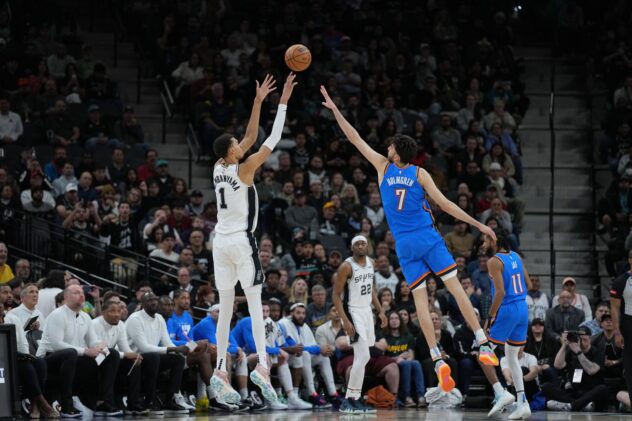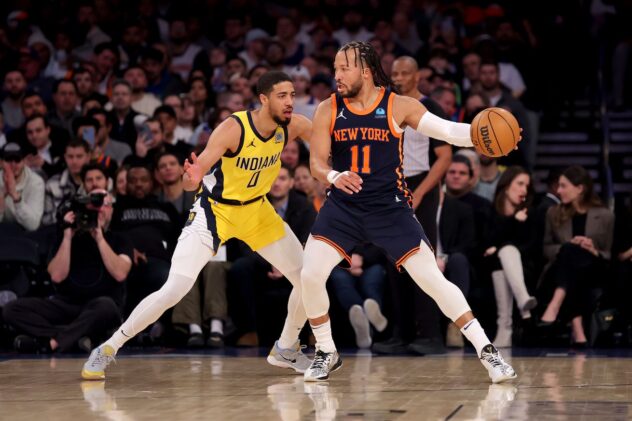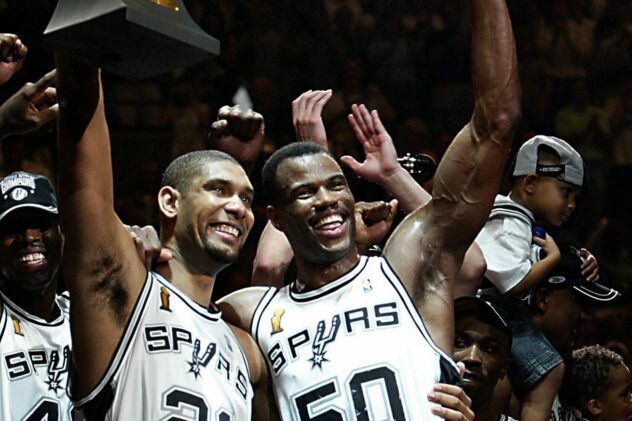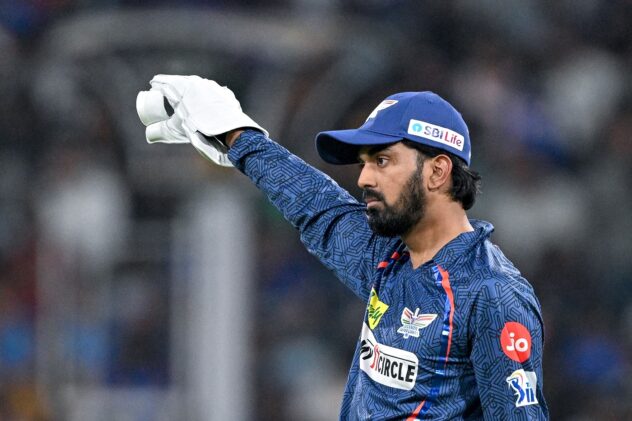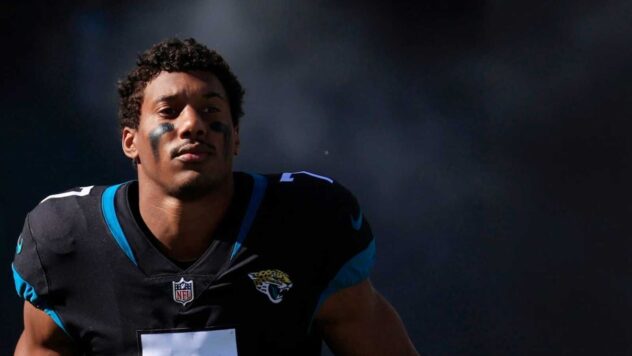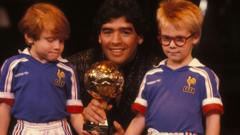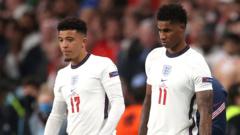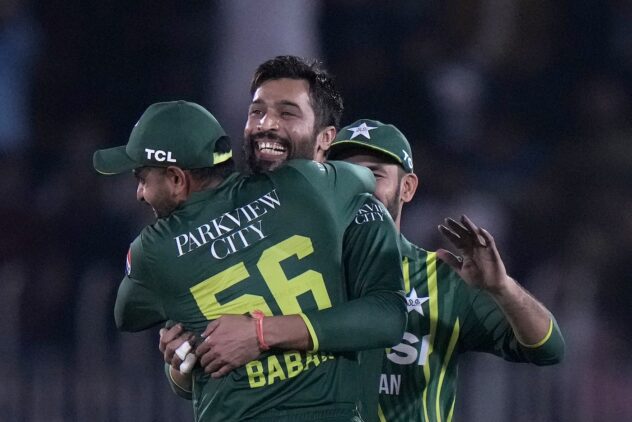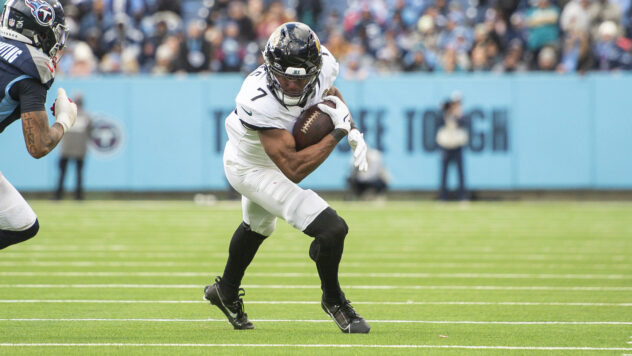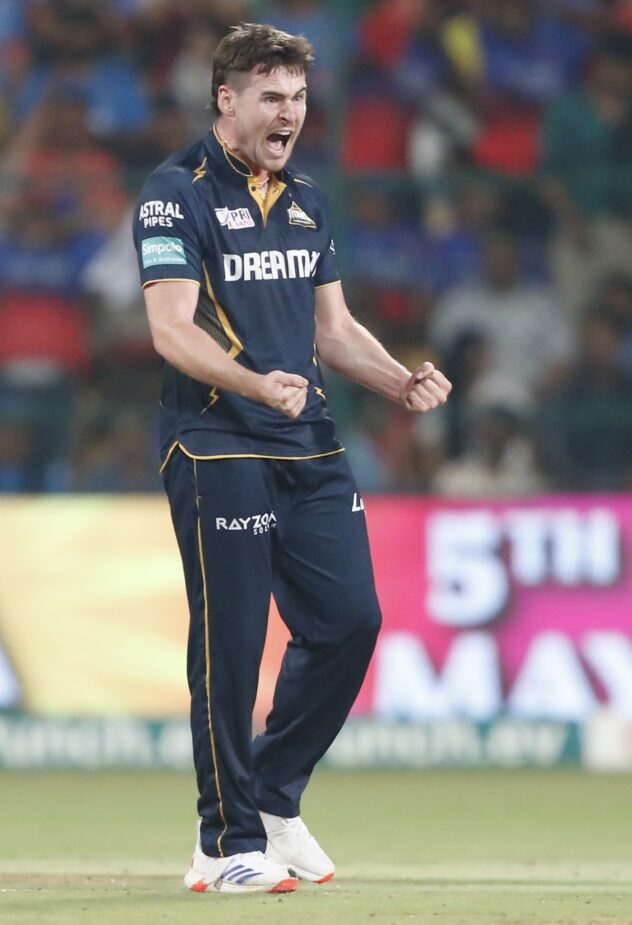Three Spurs player developments to watch for this season
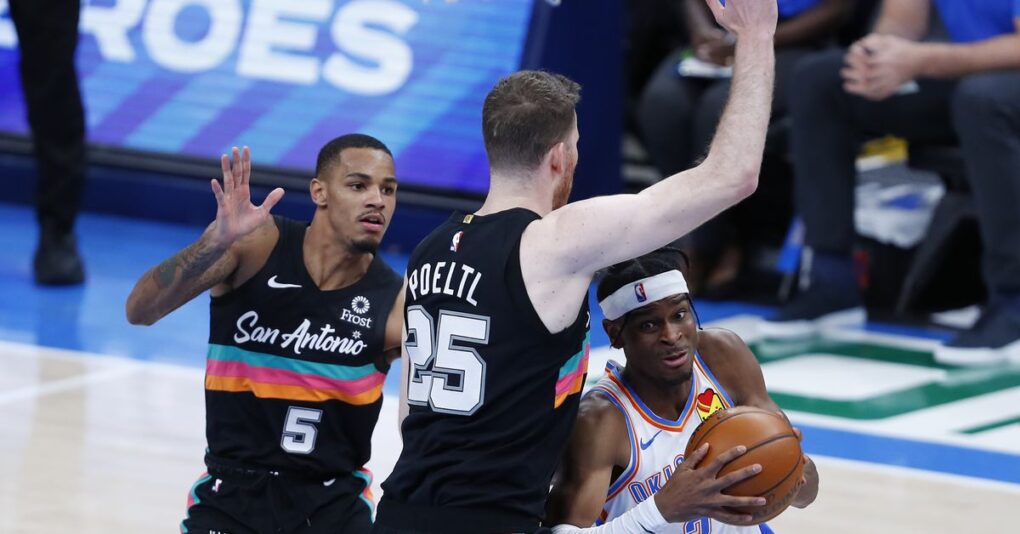
After having a nice mix of young talent and experienced veterans over the past few years, the Spurs finally embraced the youth movement this offseason by trading DeMar DeRozan and letting Patty Mills and Rudy Gay walk in free agency.
However, there are still questions as to how good this young core really is, and the upcoming season will go a long way in determining where the team is headed and who will lead them there. In particular, there are three developments that Spurs fans should monitor this year that could determine the ceilings of certain players.
We’ll start off by discussing the person who benefits most from DeRozan’s departure: Dejounte Murray.
Murray took a huge step forward last year in terms of his offensive production by shooting similar percentages to the year before while doing it at a much higher volume.
With that said, he did it while being the second banana to DeRozan and will need to expand his repertoire if he wants to continue improving both as a scorer and facilitator. In order for Murray to do so, he will need to drastically increase his efficiency, and the best way of achieving that is by tweaking his shot selection.
Last season, Murray had a true shooting percentage of just 50.9%, a figure that’s significantly lower than the league average of 57.2%. One cause of this was his low attempts around the rim; only 26% of Murray’s shots came within four feet of the basket, which was a 10% decrease from the season before. He converted on an above-average 61% of those attempts, so shooting more around the basket will naturally boost his efficiency.
Another benefit of attempting more shots closer to the rim is the potential of drawing more fouls. Murray shot a meagre 2.3 free throws per 36 minutes last year, which placed him 31st among just point guards (who played over 1000 minutes) in that category. Having developed into a 79% free throw shooter, going to the line more often will help 25-year-old score at a better clip too.
If Murray can shoot more around the basket and convert them at a good rate, there’s a real chance that he could inch closer to league average in efficiency and potentially turn into a near-All-Star calibre player.
Poeltl has blossomed into one of the best defensive big men in the league, but he’s still a liability on offence. The 26-year-old has no spacing ability and isn’t a lob threat either, which are two important traits that teams look for in centers. As a result, Poeltl will never be one of the more dynamic players in the league, but there is still some untapped offensive potential in him that is realistically within reach.
For starters, Poeltl shot a ghastly 50.8% from the line last year, but he did vastly improve in the latter half of the season. He converted 73% of his free throws in the final 24 games after shooting below 40% before then. Of course, Poeltl’s improved numbers came on very low volume since he made just 33 out of 45 attempts, but it still suggests that the big man is capable of being just below average instead of historically bad.
Expecting Poeltl to continue shooting over 70% on his free throws isn’t realistic, but somewhere in the 60s could be attainable. If this comes to fruition, Poeltl could attack the basket with more confidence and allow the team to score at a more efficient rate; Poeltl shot a nice 69% within four feet of the rim last year, which ranked in the 61st percentile among all bigs.
Making more of his free throws will also increase Poeltl’s efficiency as a roll man in pick-and-rolls, allowing the Spurs to run one of the game’s most dangerous plays more often. Poeltl can then have the ball more often and develop his scoring and playmaking. The big man is actually one of the more underrated passers in the league, sporting an assist percentage of 9.6% last year, a number that’s above average for his position.
However, Poeltl will first need to prove that he deserves more touches before carrying a larger offensive load, and much of that depends on his free throw shooting.
The most important stats to monitor for Collins is actually games and minutes played, but we’re going to focus more on his actual on-court impact.
One of the attributes that made the 23-year-old such a promising young player was his potential as a 3-and-D big, although he never quite reached those heights due to a slew of injuries. Collins’ shooting probably won’t take too much of a hit considering he’s mostly dealt with lower-body injuries, but his nagging ankle issues could hamper some of his mobility and defensive impact.
In 2018-19 — the last season in which Collins was fully healthy — he held opposing players to 55.3% shooting while being the primary defender within six feet of the basket. That placed him in the 60th percentile among all players who defended over four such shots per game and appeared in at least 10 matches, which is pretty impressive for a 21-year-old sophomore.
If Collins wants to carve out an everyday role with the Spurs, he’ll need to prove that he can replicate those numbers, especially since his offensive package isn’t as polished as you might expect; the former Trail Blazer has only converted 32.4% of his threes in his career and is also a poor mid-range shooter and finisher around the basket.
In other words, Collins’ game has always worked better in theory rather than reality, and if his mobility has been hampered to the point that he’s also a defensive liability, then it’s hard to imagine a scenario where he contributes meaningfully for the Spurs.

